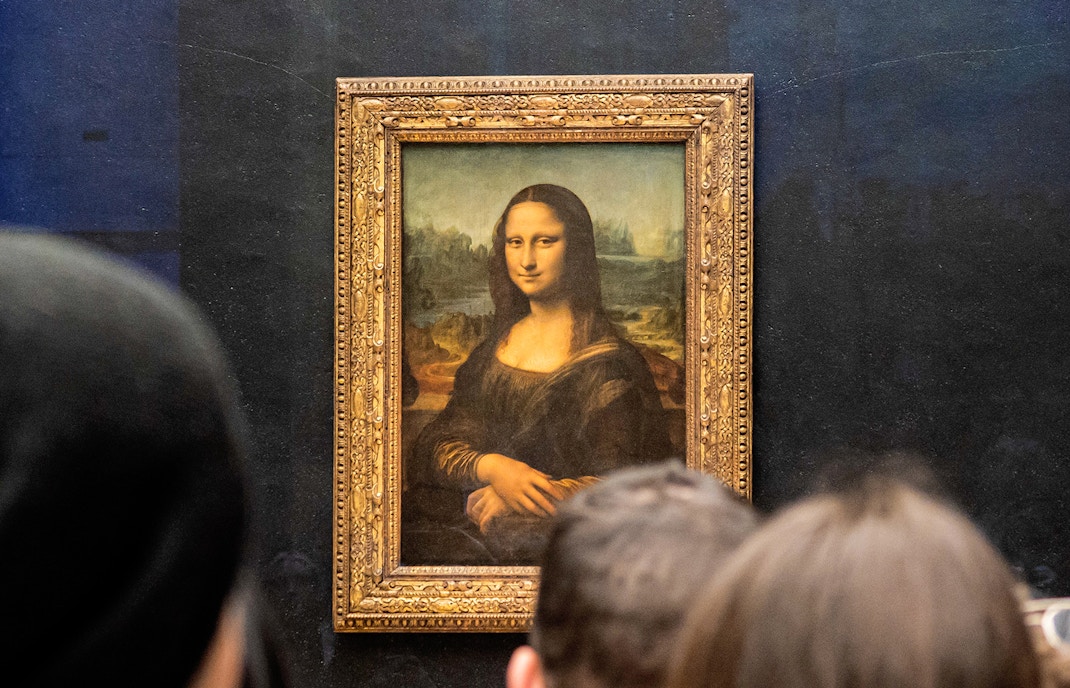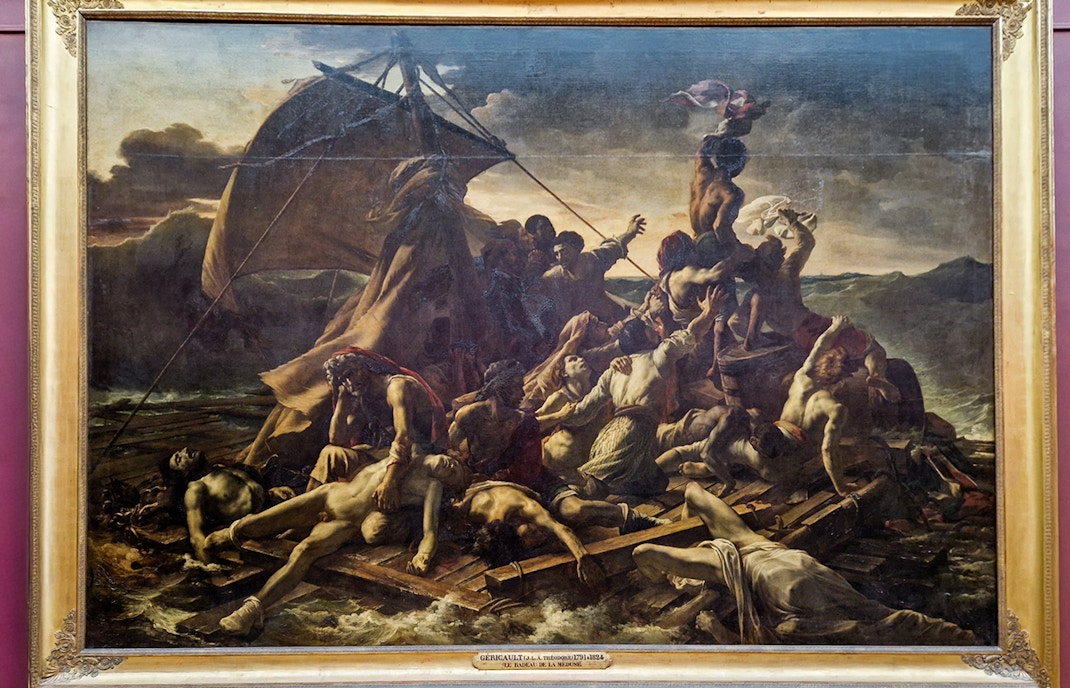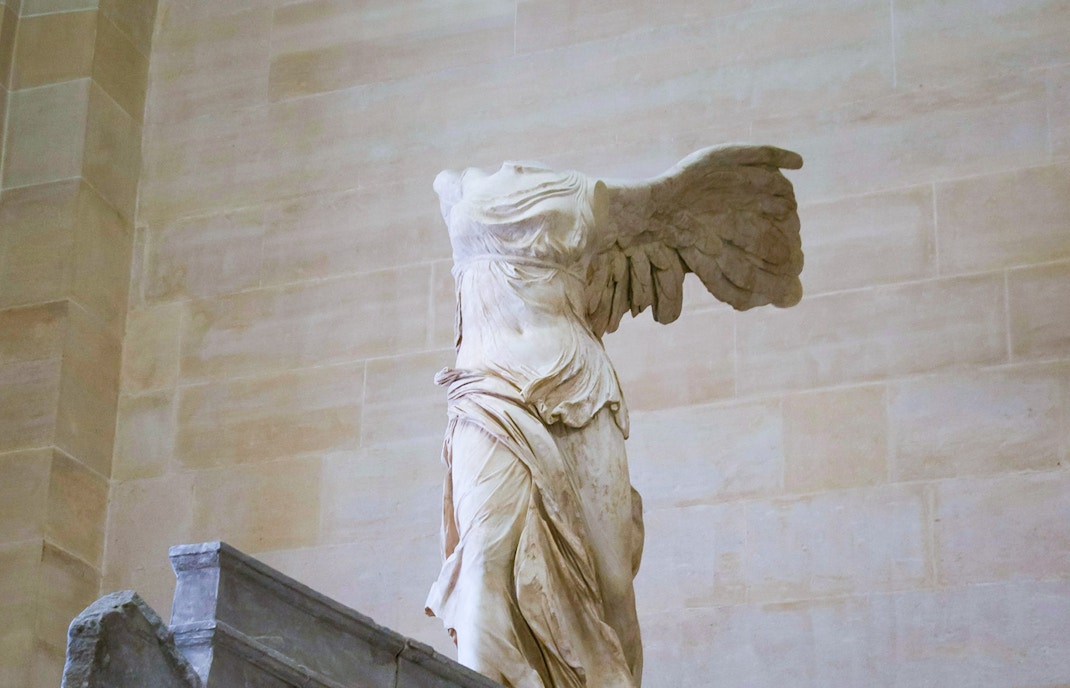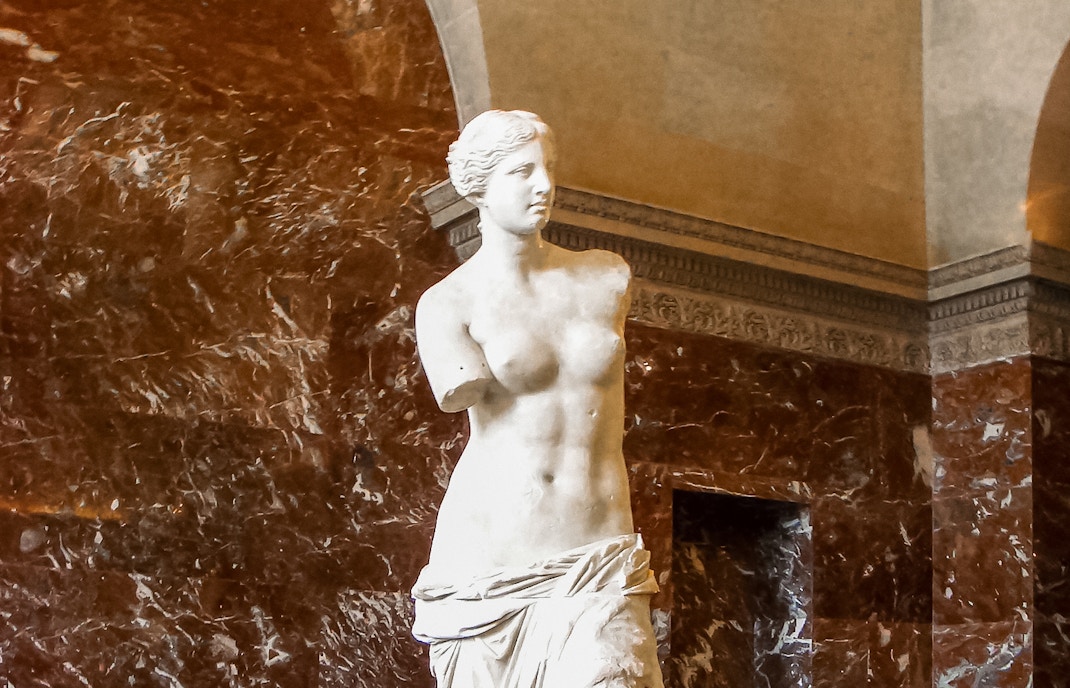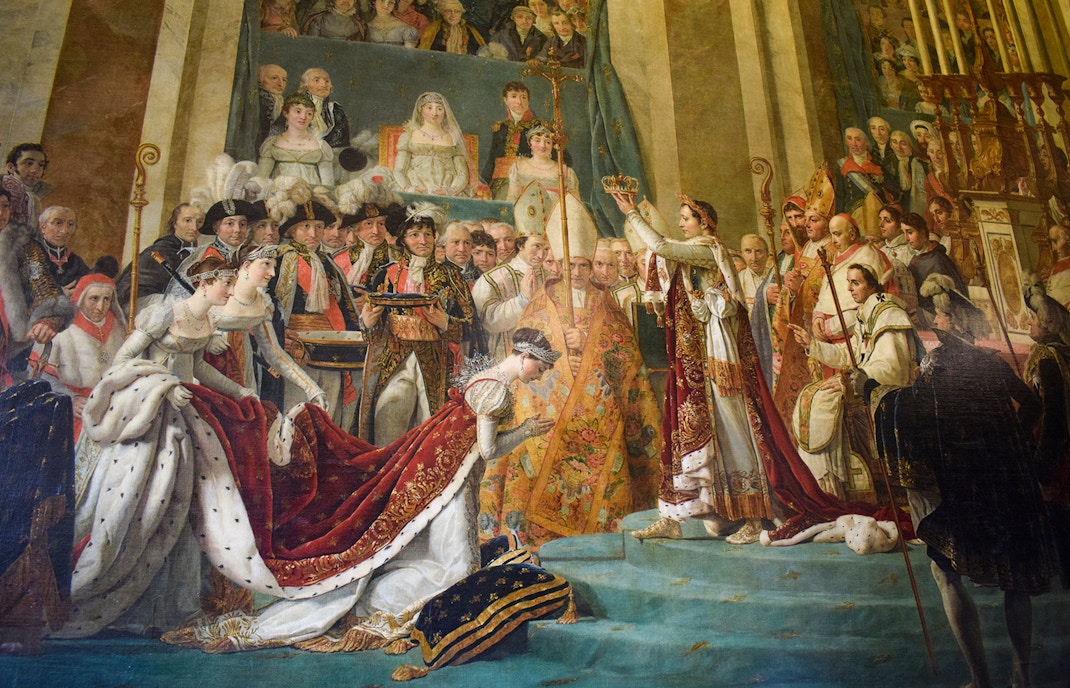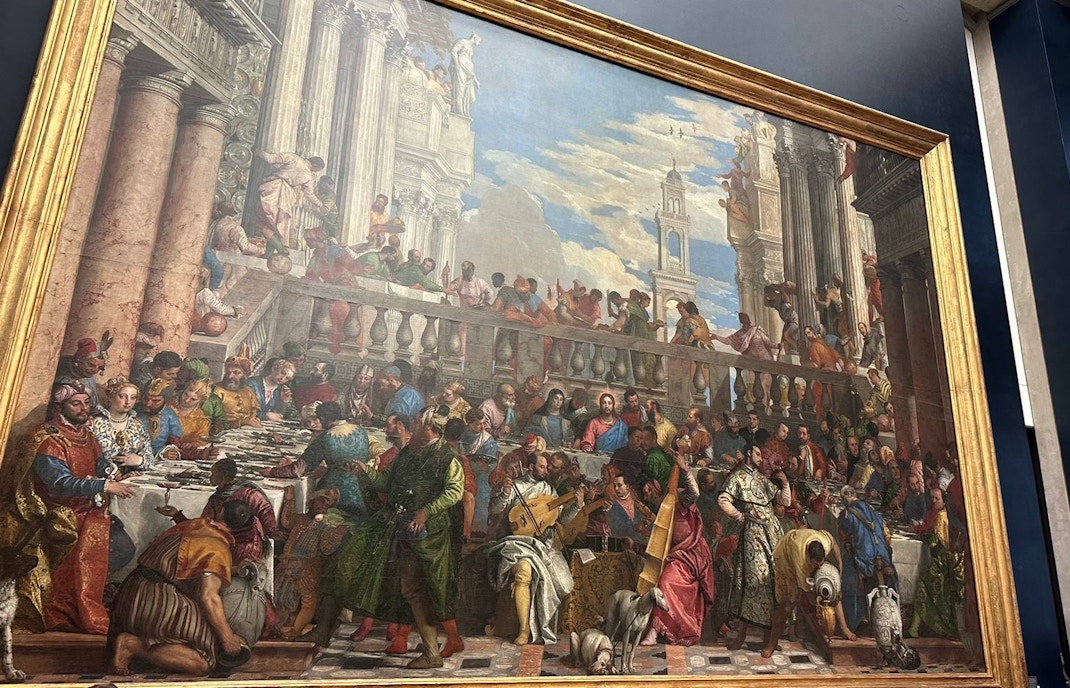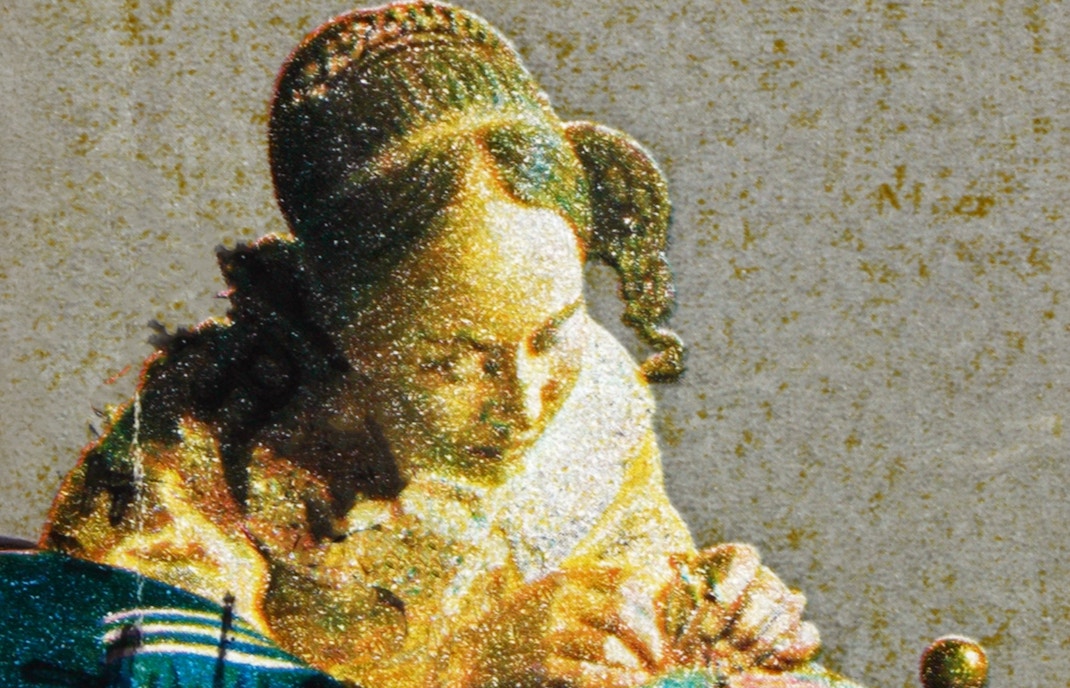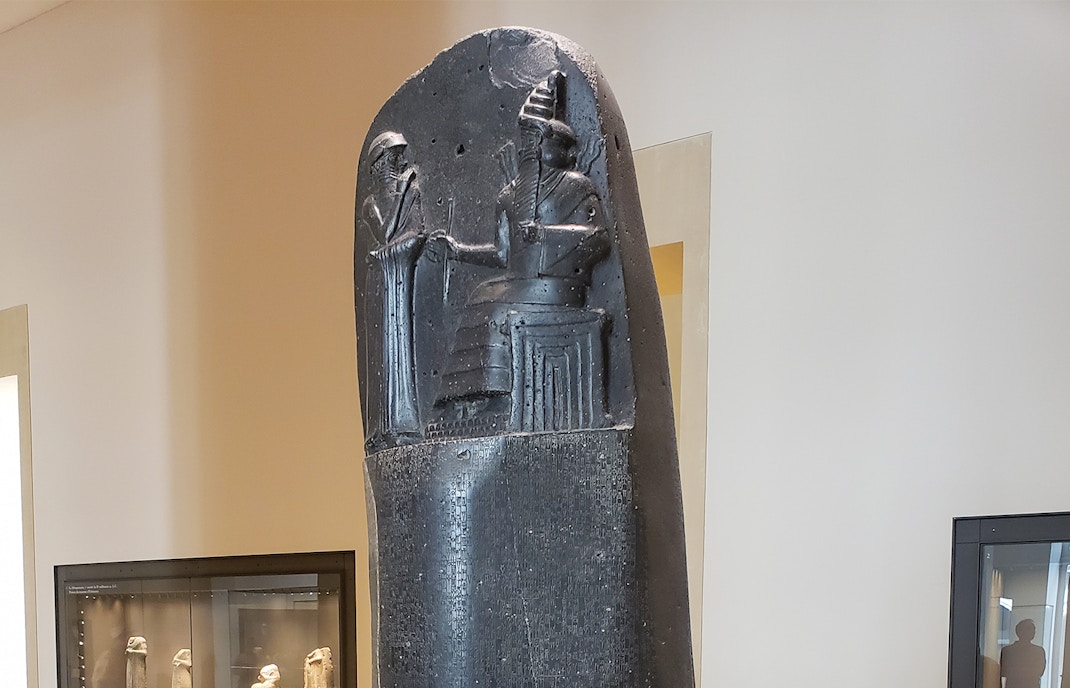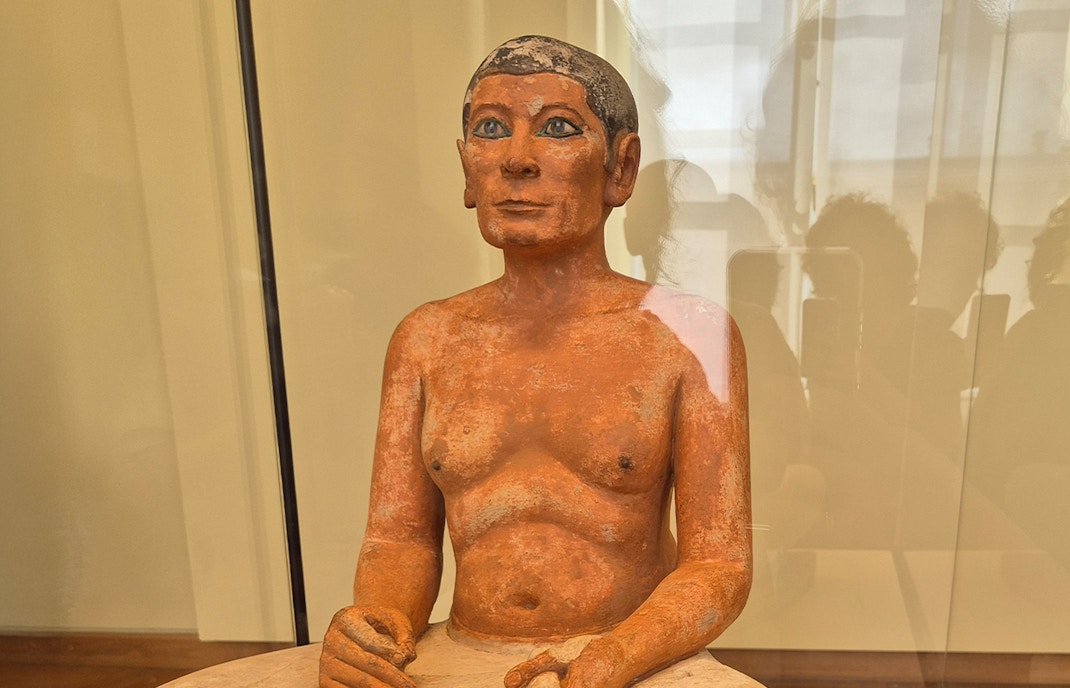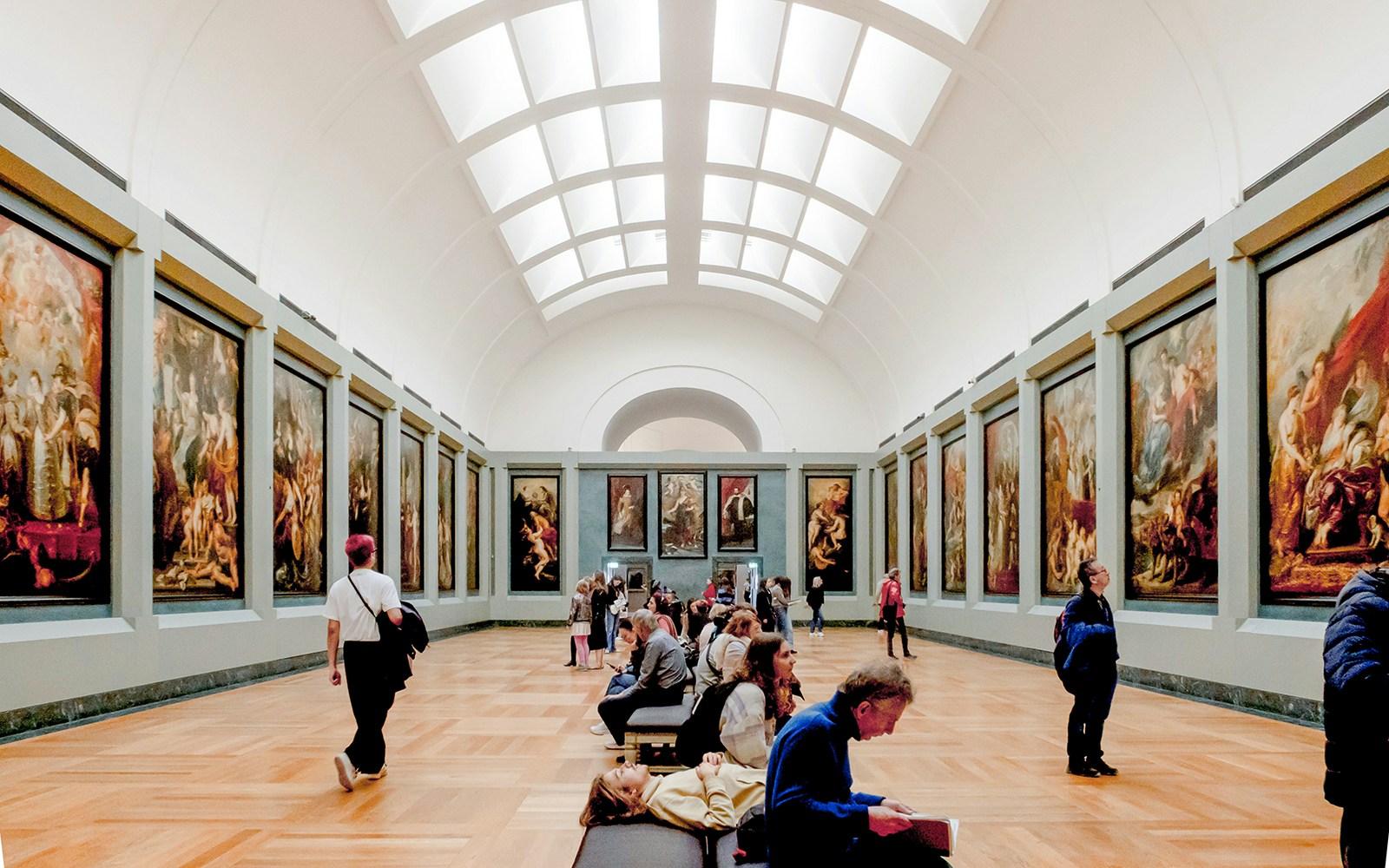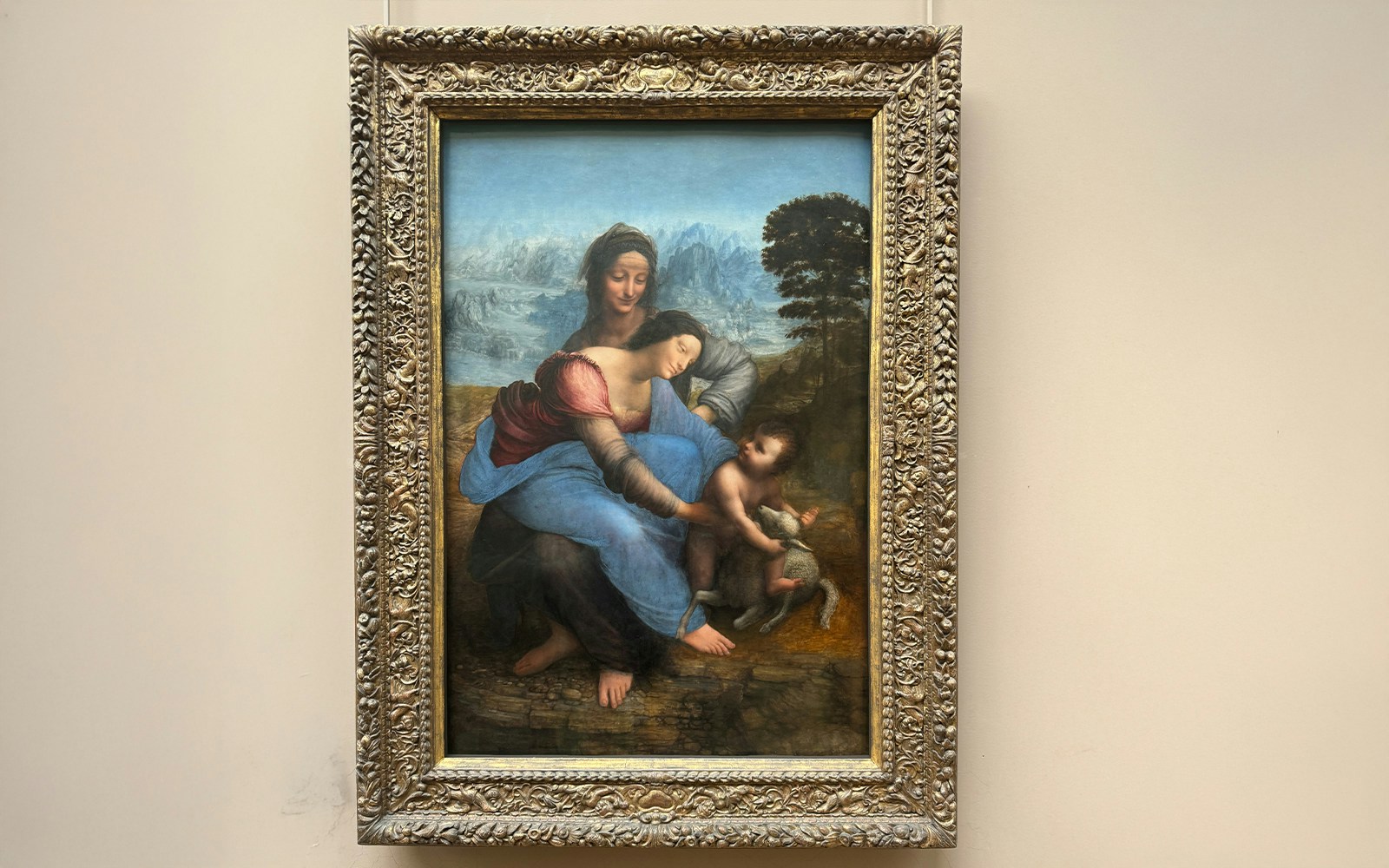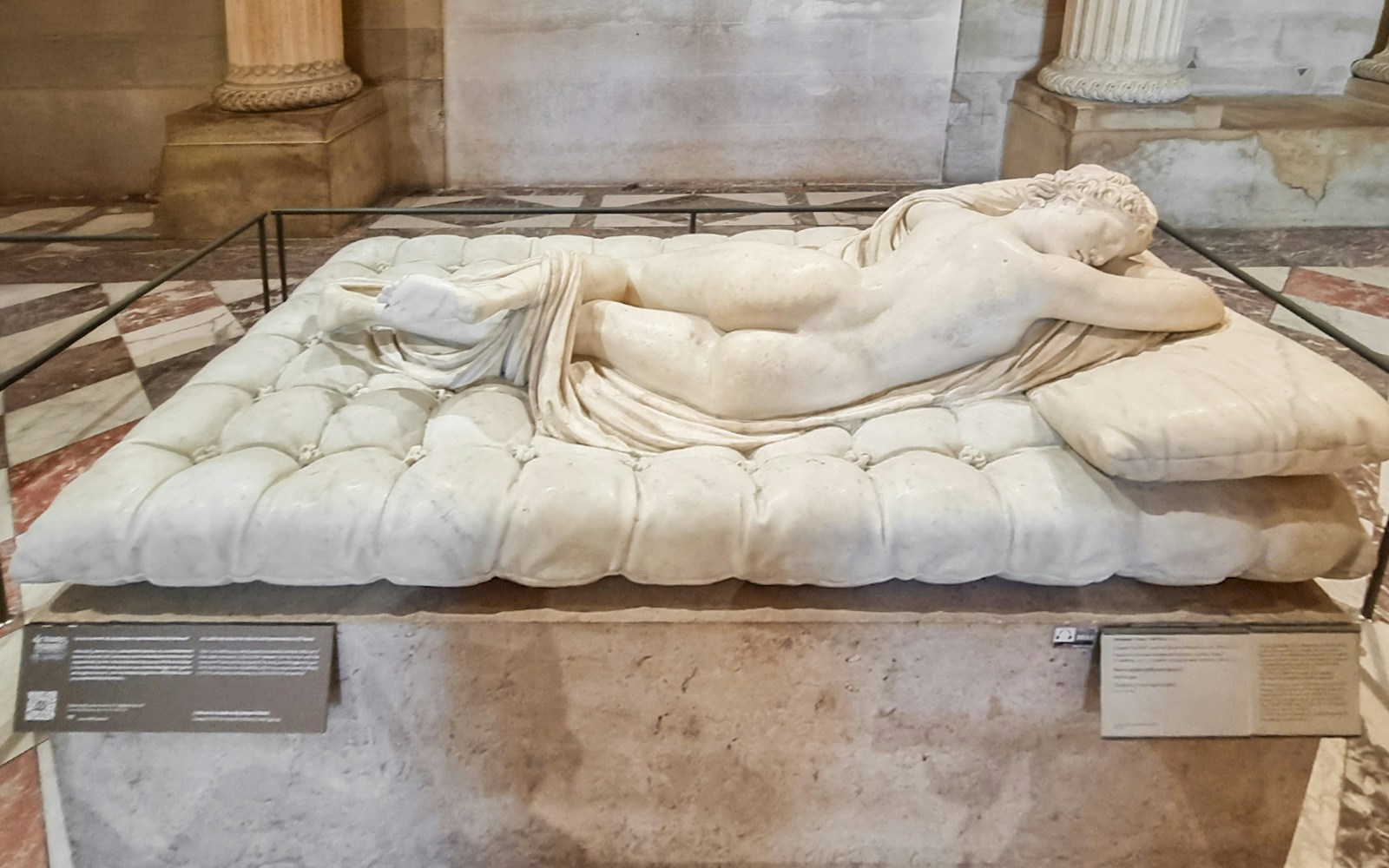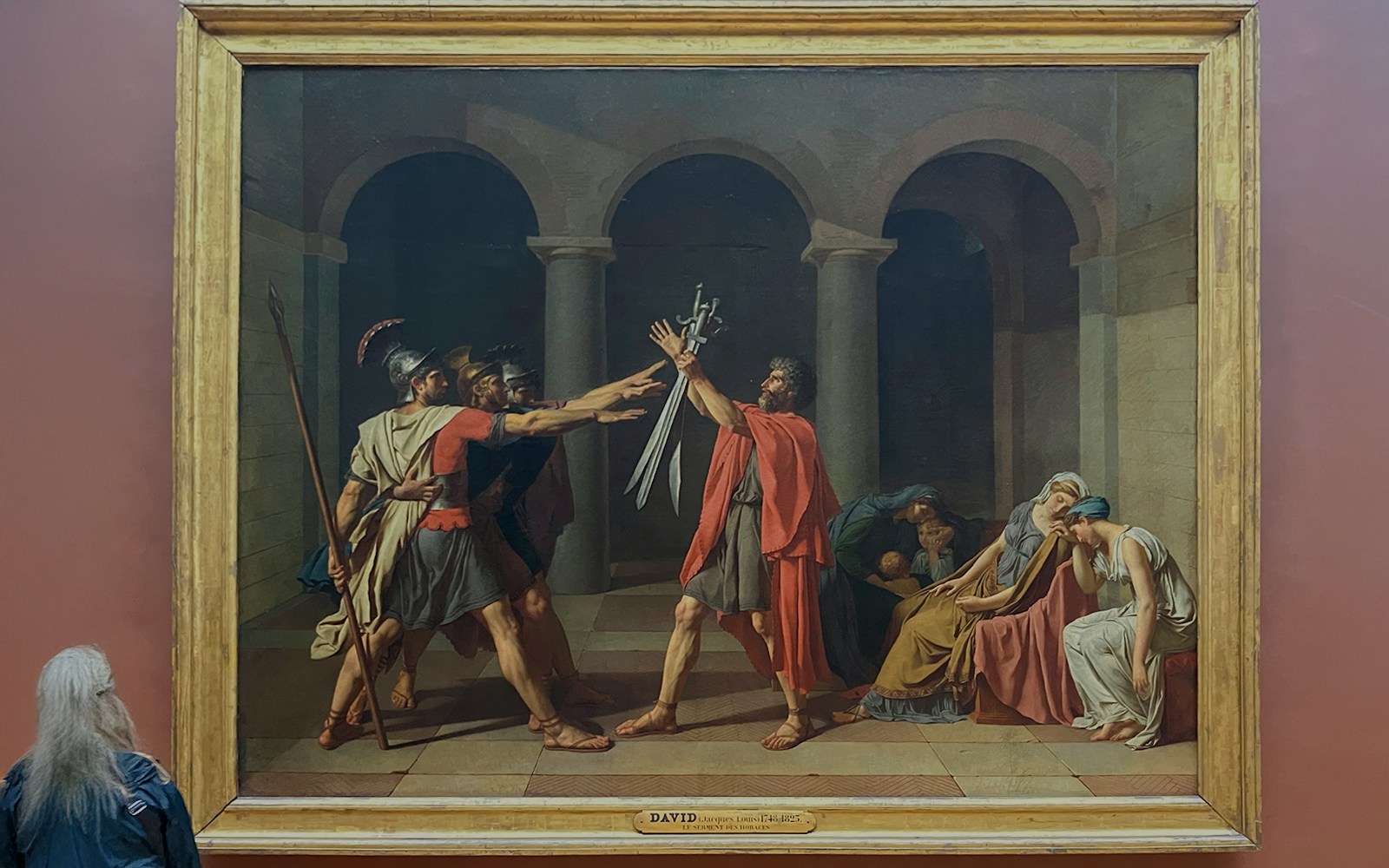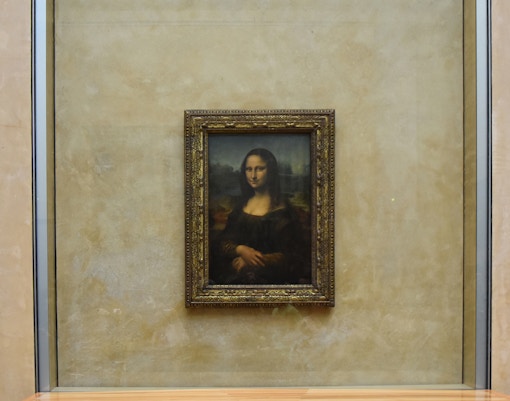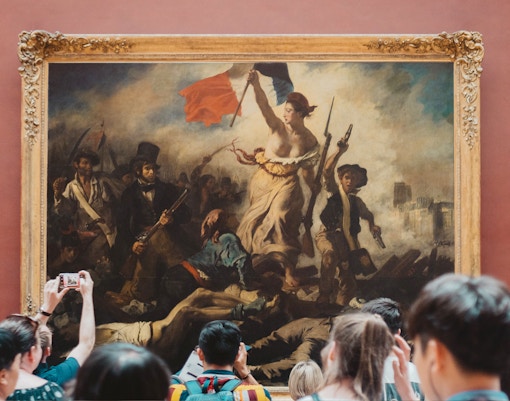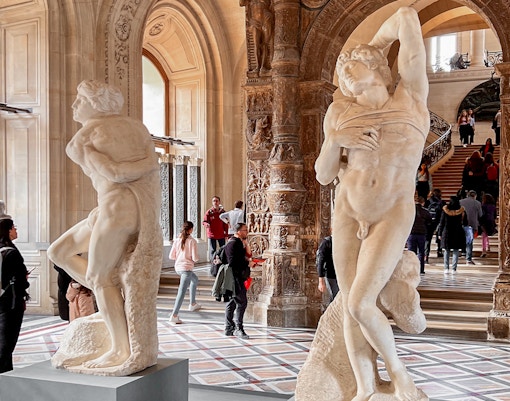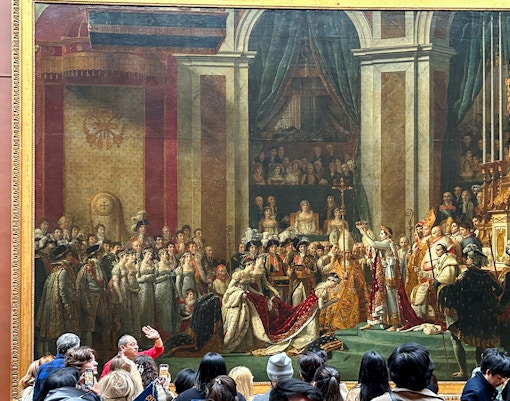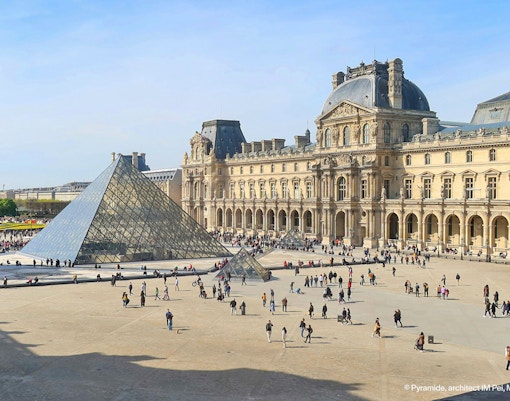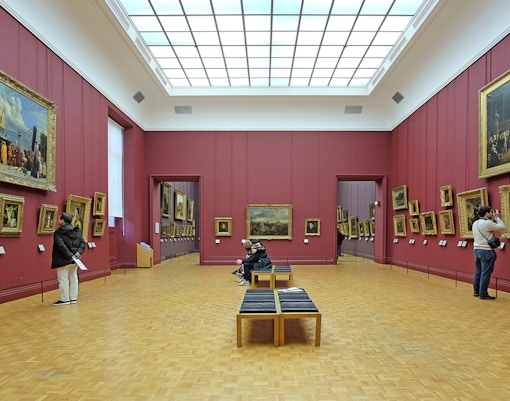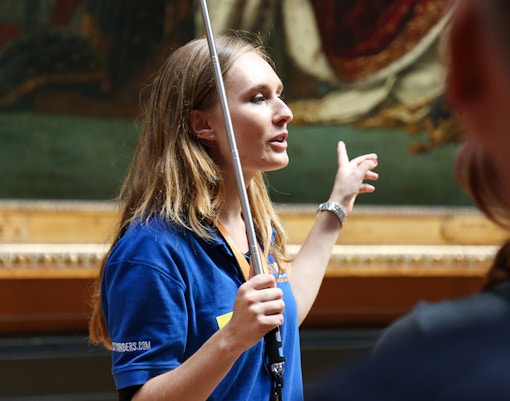Artist: Leonardo da Vinci
Location: Denon Wing, Room 711
Year: 1503 - 1505
How can we not mention the Mona Lisa? Perhaps the most famous painting in the world, the Mona Lisa is renowned for her enigmatic smile and the mastery of da Vinci’s sfumato technique. Expect crowds, but it’s a must-see!
Known as La Gioconda in Italian, the Mona Lisa was once stolen by a janitor and brought home to Italy after two years. Since that episode, the portrait made with oil on wood has become a piece of curiosity. The subject of the painting is believed to be the wife of Francesco del Giocondo, an influential Florence Politician. Mona Lisa stirs occasional controversy about its origin and whether it is finished or not. Additionally, it is a national treasure in France because her Louvre enclave is bulletproof glass.
